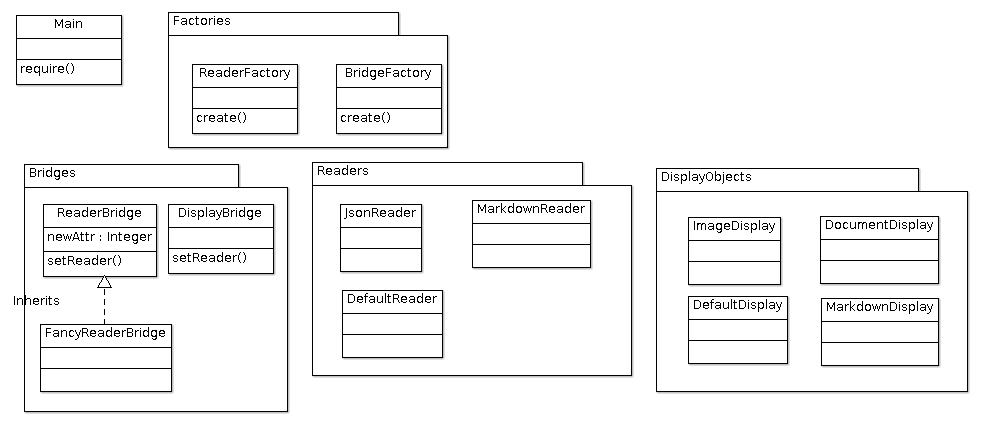

- COULD NOT DETERMINE JUPYTERLAB BUILD STATUS WITHOUT NODEJS HOW TO
- COULD NOT DETERMINE JUPYTERLAB BUILD STATUS WITHOUT NODEJS INSTALL
- COULD NOT DETERMINE JUPYTERLAB BUILD STATUS WITHOUT NODEJS SOFTWARE
Let’s use JavaScript’s default replace() function to achieve this. This process will ensure that our text data is left with only alphabetical characters. To improve our accuracy in classifying the user’s sentiment, we’ll remove special characters and numerical tokens since they don’t contribute to sentiment. Router.post('/s-analyzer', function(req, res, next) ) Removing non-alphabetical and special characters routes/nlp.js file: const express = require('express') To create our new route, let’s modify our. When users send POST requests to our route with the product review in their request body, they should receive a response containing its sentiment analysis. routes/nlp.js, let’s import the following packages: const express = require('express') Īfter this, we’ll create a new route and give it the path s-analyzer. This is where we’ll house our NLP-related routes for our API. Next, in our routes directory, we’ll create a new file and call it nlp.js. An extension that allows you to incorporate interactive tutorials within jupyterlab We are confident that you will like it, when you have finished with this chapter of our tutorial Text can be added to Jupyter Notebooks using Markdown cells Note: A clean reinstall of the JupyterLab extension can be done by first running the jupyter lab clean command which will remove the staging and static.
COULD NOT DETERMINE JUPYTERLAB BUILD STATUS WITHOUT NODEJS INSTALL
Let’s run the following command on our terminal: npm install -save natural

We’ll start by installing Natural, a Node.js package that supports most of the NLP algorithms we’ll be using for our project. Now that we’ve successfully set up our application, let’s implement our sentiment analysis functionality using NLP. Moving on, we can start our application by running the following command on our terminal: npm run dev Under scripts in package.json, add the following code: "dev": "nodemon.

Next, we’ll add a new script to start our application via nodemon. On your terminal, run: npm install -save nodemon We’ll need to set up nodemon to help us automatically restart our application whenever we save new changes. In our new generated app directory, let’s navigate to.

To start our application, let’s navigate to our new app directory and run npm start: cd node_nlp
COULD NOT DETERMINE JUPYTERLAB BUILD STATUS WITHOUT NODEJS HOW TO
COULD NOT DETERMINE JUPYTERLAB BUILD STATUS WITHOUT NODEJS SOFTWARE
Ebenezer Don Follow Full-stack software engineer with a passion for building meaningful products that ease the lives of users.


 0 kommentar(er)
0 kommentar(er)
